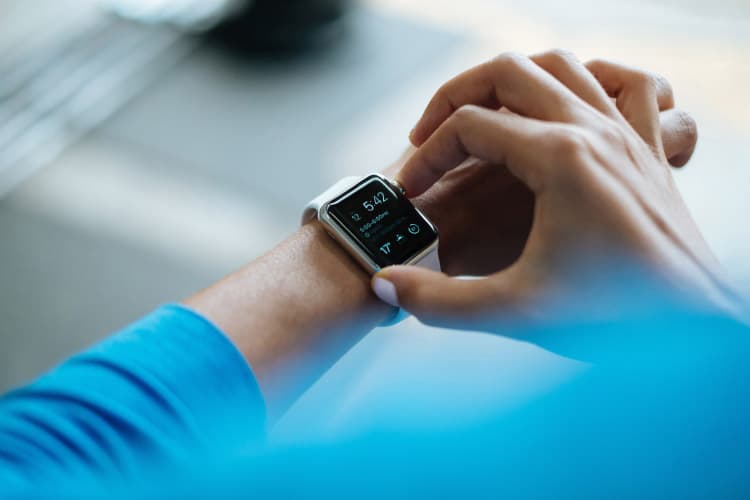
In an era driven by technological advancements, smartwatches have emerged as indispensable tools for monitoring health and fitness. While these devices are often associated with younger demographics, their potential benefits extend far beyond age boundaries, particularly for elderly individuals. Leveraging the capabilities of smartwatches can significantly enhance fitness levels, promote active lifestyles, and contribute to overall well-being among seniors. Let’s explore how these wearable devices are revolutionizing fitness for the elderly population.
1. Personalized Activity Tracking:
Smartwatches equipped with sophisticated sensors and algorithms offer comprehensive activity tracking tailored to the needs of elderly users. From step counts and distance traveled to calories burned and active minutes, these devices provide real-time feedback on daily activity levels.
This personalized data empowers seniors to set achievable fitness goals, track their progress, and make informed decisions about their lifestyle habits, fostering a proactive approach to health management.
2. Heart Rate Monitoring and Cardiovascular Health:
Maintaining cardiovascular health is paramount for elderly individuals, and smartwatches play a crucial role in monitoring heart rate and detecting irregularities. Advanced models feature continuous heart rate monitoring, allowing seniors to track their heart rate trends throughout the day and during physical activities.
By identifying fluctuations and potential issues early on, smartwatches enable proactive interventions, contributing to better cardiovascular outcomes and overall health maintenance.
3. Exercise Guidance and Coaching:
Many smartwatches offer built-in exercise modes and guided workouts tailored to various fitness levels and preferences. For elderly users, these features provide valuable assistance in designing safe and effective exercise routines.
Whether it’s gentle yoga sessions, low-impact aerobics, or strength training exercises, smartwatches can offer step-by-step guidance, motivational prompts, and performance metrics to optimize workout sessions and ensure proper form, reducing the risk of injuries.
4. Sedentary Reminder and Activity Prompts:
Prolonged sitting and sedentary behavior are common concerns among seniors, contributing to various health issues such as obesity, cardiovascular disease, and musculoskeletal problems. Smartwatches combat sedentary lifestyles by sending periodic reminders to move and stay active throughout the day. By prompting users to take short breaks, stretch, or engage in light physical activities, these devices help counteract the detrimental effects of prolonged sitting and promote a more dynamic and health-conscious lifestyle.
5. Sleep Tracking and Quality Improvement:
Quality sleep is essential for overall health and well-being, yet many elderly individuals struggle with sleep disturbances and insomnia. Smartwatches equipped with sleep tracking capabilities monitor sleep patterns, duration, and quality, providing insights into sleep efficiency and identifying potential sleep disruptions.
By analyzing sleep data over time, seniors can pinpoint factors affecting their sleep quality, make necessary adjustments to their bedtime routines, and strive for improved sleep hygiene, ultimately enhancing restorative sleep and daytime vitality.
6. Emergency Assistance and Health Monitoring:
Some smartwatches offer advanced features such as fall detection, emergency SOS alerts, and integration with healthcare monitoring systems. For elderly users living independently or with chronic health conditions, these functionalities provide peace of mind and rapid assistance in case of emergencies.
By automatically detecting falls or abnormal health parameters and alerting designated contacts or emergency services, smartwatches enhance safety and enable timely interventions, promoting independent living with added security.
Conclusion:
Smartwatches have emerged as invaluable companions for elderly individuals seeking to optimize their fitness, monitor their health, and lead active lifestyles. With features ranging from personalized activity tracking and heart rate monitoring to exercise guidance and emergency assistance, these wearable devices empower seniors to take control of their well-being and embrace healthy habits with confidence. By harnessing the power of smart technology, elderly individuals can embark on a journey towards enhanced fitness, vitality, and overall quality of life, enjoying the benefits of modern innovation in the pursuit of healthy aging.
For more articles on Fitness

